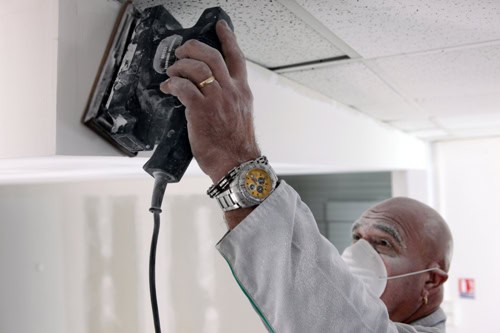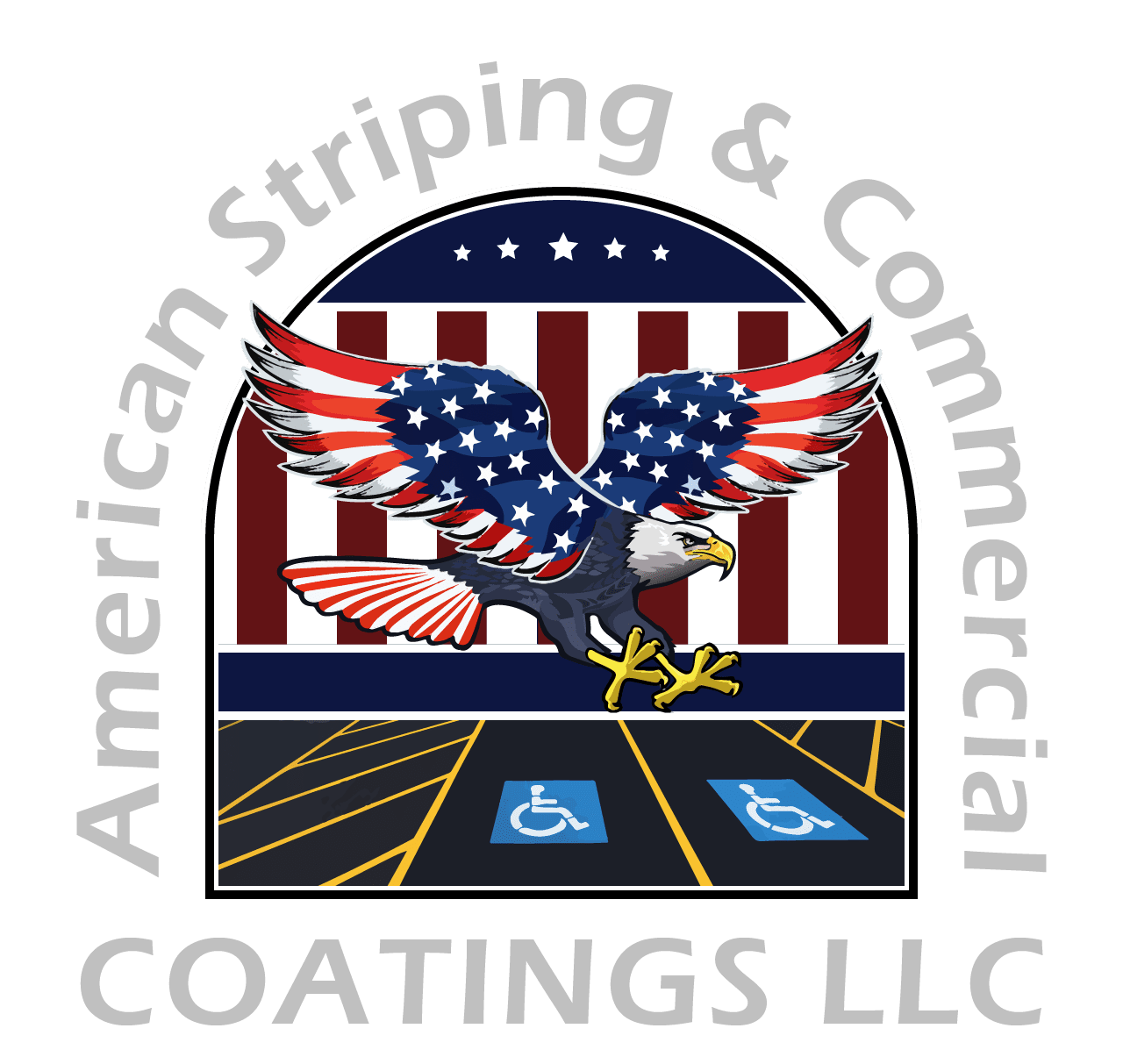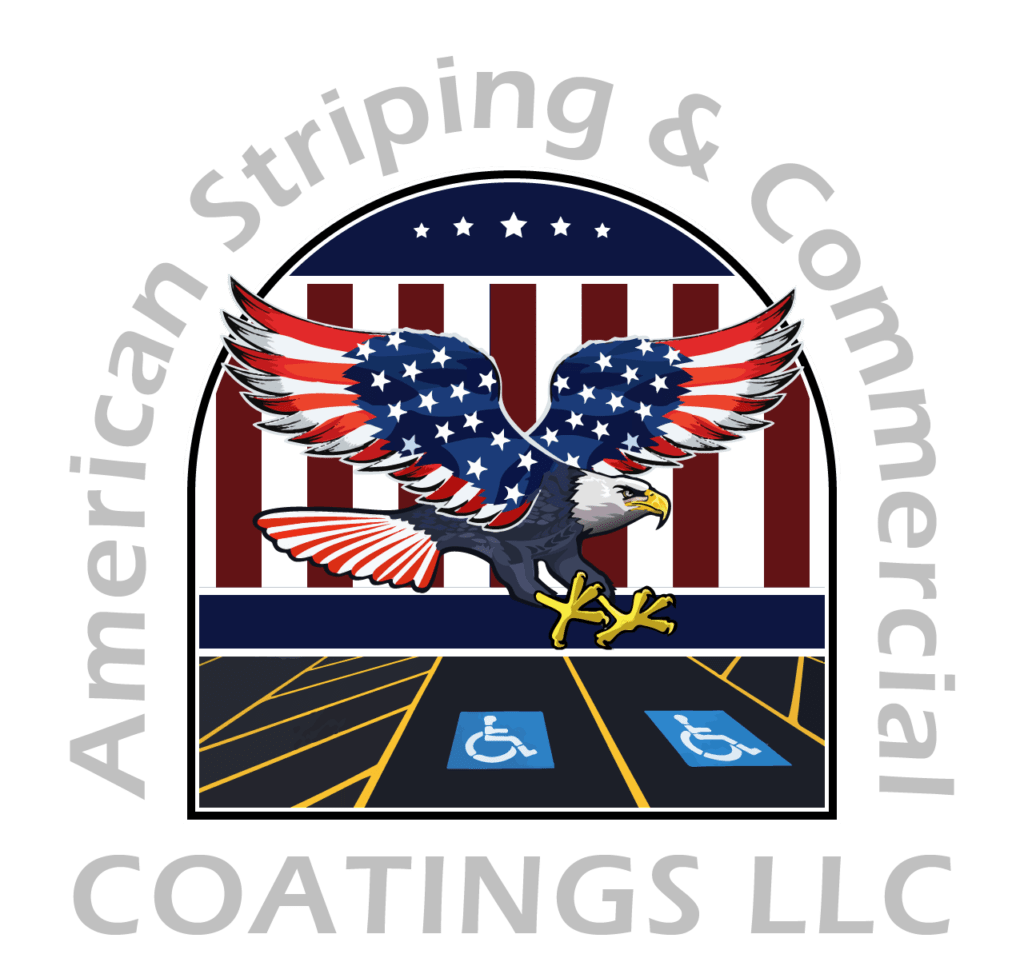(931) 743-7166 Monday - Saturday / 8:00 am - 5:00 pm EST
Step 3: Vacuum with Precision – Use a HEPA Filter
Once the large clumps of drywall dust have been collected, it’s time to remove the finer particles with a vacuum. However, not all vacuums are created equal when it comes to drywall dust cleanup.
Choose a Vacuum with a HEPA Filter
A standard vacuum cleaner may seem like an easy solution, but without a HEPA filter, you could end up blowing fine dust particles back into the air. HEPA filters are designed to capture particles as small as drywall dust, preventing them from becoming airborne. Whether you have carpets, tile, or hardwood floors, a HEPA-filtered vacuum is essential for this job.




